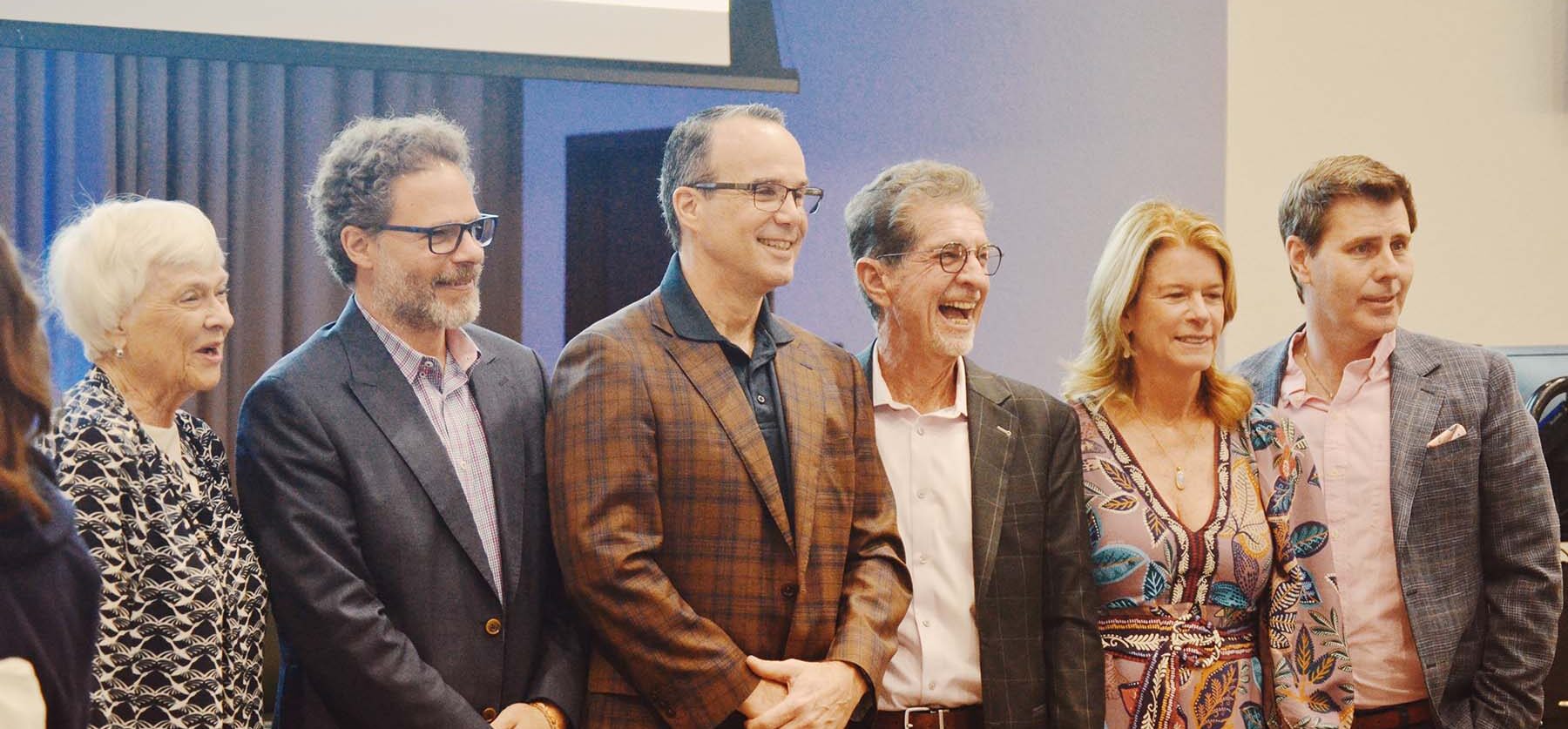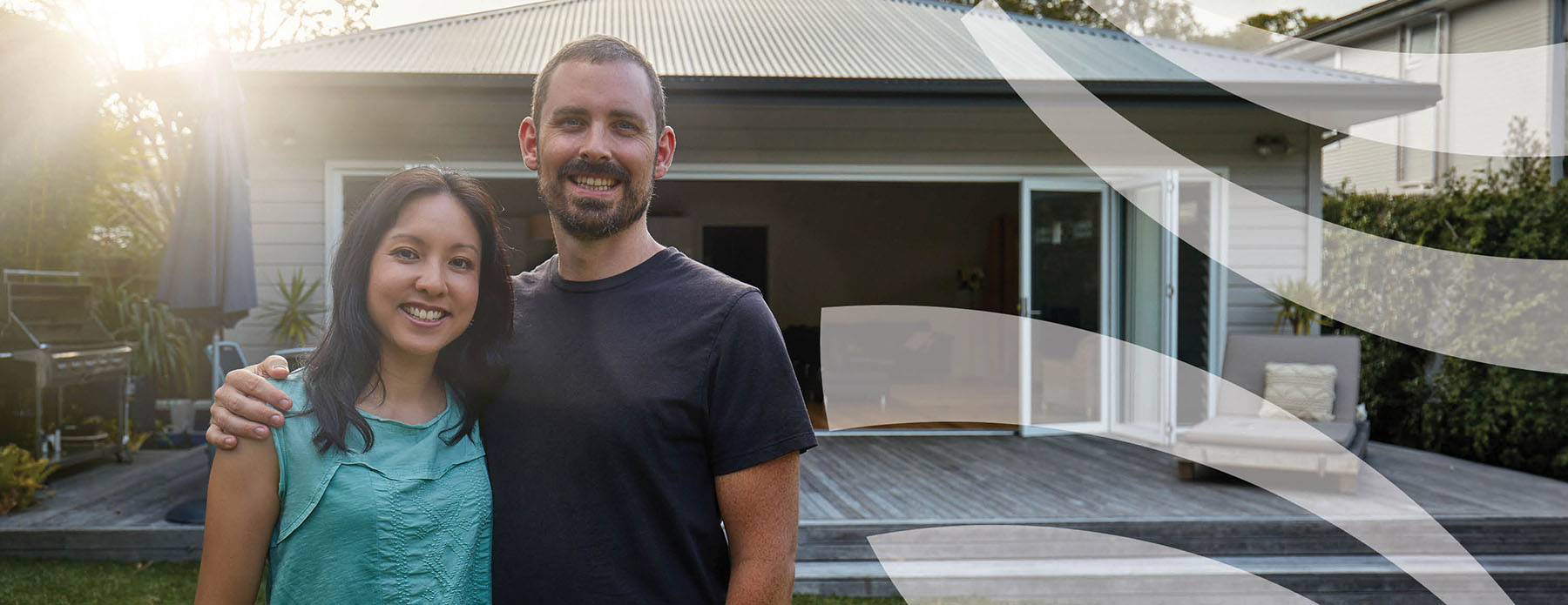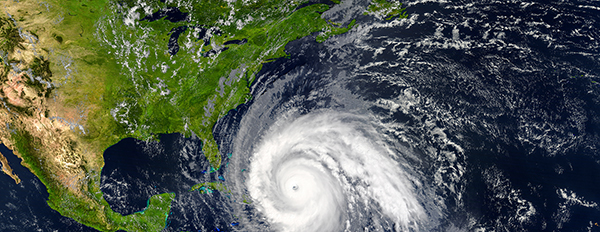Hurricane Laura devastated areas of Lake Charles, Louisiana in late August with sustained winds over 130 miles per hour at landfall. The storm’s eye passed near Cameron, Louisiana as a category 4 hurricane bringing intense wind and storm surge flooding into the Lake Charles area. To support the recovery efforts, FEMA issued a mission to the United States Army Corps of Engineers (USACE) to implement the Corps’ Blue Roof Mission. According to the USACE, they “assist local and state requests for support in coordination with FEMA, providing temporary blue plastic roofs to residences to prevent additional damage after a windstorm.” The capabilities extend from technical expertise and assistance through complete management of a Temporary Roofing Mission including the scoping, procurement, and installation of temporary roofing repairs. Assets utilized to fulfill temporary roofing requirements include Corps contracted forces and temporary roofing planning and response teams from across the USACE. We recently spoke with Phil White, the Readiness Operations Center Emergency Manager for the USACE Lake Charles Operation.
White says FEMA executed a mission assignment for the Blue Roof Mission after Hurricane Laura made landfall near Lake Charles. The Corps completed approximately 8,000 roof missions after the first storm. Only a few weeks after Laura’s landfall, Hurricane Delta made landfall about ten miles east of Cameron with winds near 100 miles per hour. The second hurricane posed challenges to those survivors who experienced damage from Hurricane Laura requiring approximately 10 percent of the homes to be repaired again.
“Ninety percent of the roofs we installed from Laura survived Hurricane Delta’s 100 mph winds, which is good news for us,” said White. There were about 20,000 roofs that were eligible for repairs after the first storm but the homeowners did not request assistance. However, after Hurricane Delta, the Corps re-opened the application process for residents to apply for consideration and potential repairs. To watch the entire interview with the USACE’s Phil White, click on video link below.


